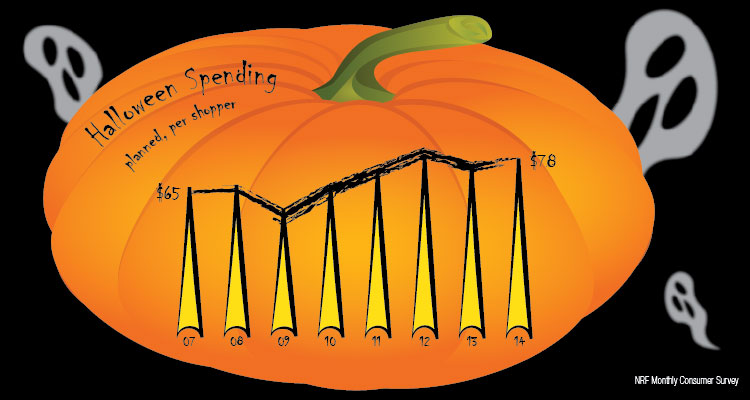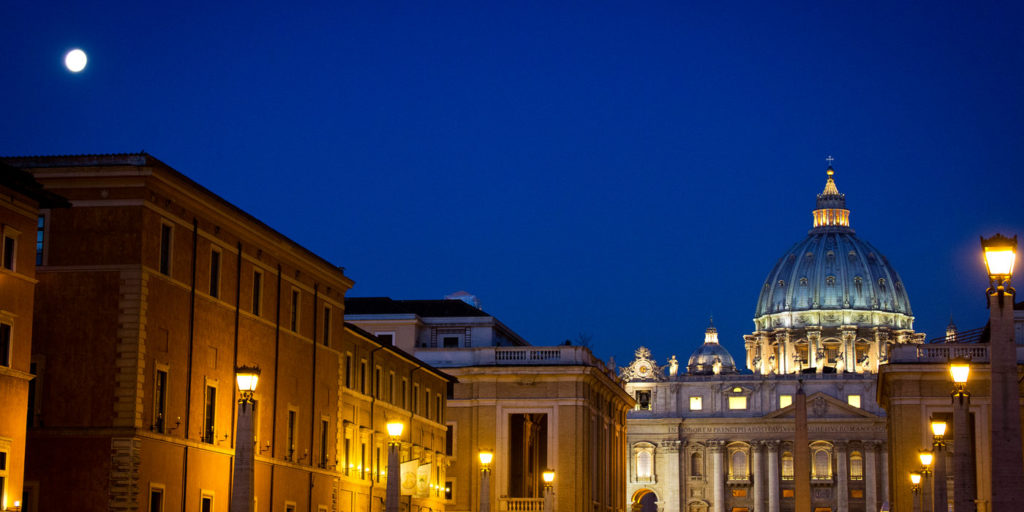MBC alumna Alicia Johnston is responsible for building, merchandising and advertising more than 20 websites for Taylor Corporation’s newest brand, Official Costumes. With Halloween now upon us, we took the opportunity to chat with Johnston and learn more about the craziness that is Halloween and the costume industry.
What drives costume sales throughout the year?
While Halloween is the biggest driver of costume sales, they see increased sales during the holiday season because customers will pair a character costume with a doll, action figure or movie for the kids. Overall, sales are steady throughout the year.
What are the hot costumes for kids and adults this year?
As many would guess, Disney’s Frozen characters are popular for kids and adults this year, along with some of the all-time classics including super heroes such as Batman, Spiderman and Captain America. Any character from the movie Frozen is hot for both adults and kids. Star Wars costumes for kids have been surprisingly popular this year as well. The most popular pet costumes are the hot dog, pumpkin and bumble bee. My dog, Howie, will be dressed as a bumble bee today.
What impact does Halloween being on a Friday have on the industry and sales?
The costume industry is so excited for 2014 because having Halloween during a weekend allows for more parties; which means that more adults are likely to dress up who normally wouldn’t have if Halloween was on a Tuesday. The National Retail Federation estimates Halloween will contribute $7.4 billion to retail sales, up from $6.9 billion spent in 2013. This year, people are also waiting longer to buy their costumes, so most retailers are seeing late season sales in all categories from decorations to candy and costumes.
This year, Official Costumes launched its first pop-up store. What prompted this decision? How has the store impacted sales for a previously online-only brand?
This was an initiative that has been on our project list for the past two years but we just didn’t have the resources for the planning and execution for a retail store. However, this summer we had new leadership and the question was raised, “if we could find the resources would we open a store?” The answer to that question was ‘Yes,’ and the decision was made in August... with only six weeks to find a location, order inventory and create a marketing plan.
As far as the impact to sales, we have integrated our online brand into the store. We have kiosks in the store and if the customer can’t find the costume or size they need, our associates help them to find what they need using our website, allowing them to immediately place an order. Since our business is local to the Twin Cities, we are able to store a high volume of costumes in our warehouse and replenish the store on demand. Whereas, other Halloween pop-up shops have all their inventory on the sales floor with the hope of depleting their inventory by Oct. 31. Come November everything will be sent back to our warehouse with the hopes that we will sell it online throughout the year.
Do you anticipate more pop-up stores next year?
Yes, this was a very quick turn project with the goal to learn everything we could about operating in the retail world versus online. There is a lot that we could have done different with more time but it will serve us well next year.
A Word from the Expert
Dave Brennan, professor of marketing, notes: Halloween is becoming larger than life. Just watch the TV ads from Party City and Savers touting their huge selection of costumes. It is the fastest growing holiday in the United States. A survey by the International Council of Shopping Centers indicates that 74 percent of Americans plan to spend on the holiday. This translates into a total spend of $11.3 billion on Halloween items. The average household will spend about $125 on costumes, decorations and related items.
So how does Halloween compare with other holidays? IBISWorld reports spending for Valentine’s Day at $21.6 billion, Mother’s Day at $18 billion and Thanksgiving at $8.2 billion. With all this spending we can safely say that for most Americans, the “Great Recession” is over.







